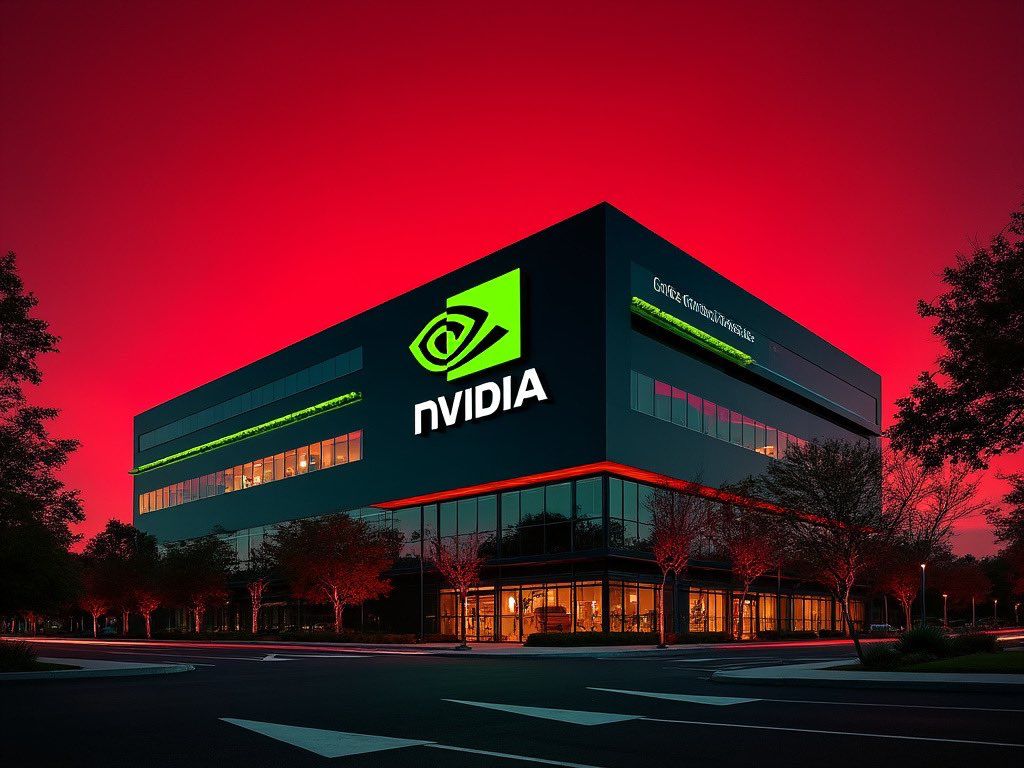NVIDIA has experienced a notable trend in its growth rates, particularly in its data center segment, which is a critical driver of its revenue due to the AI boom. Here’s a breakdown of what’s been observed:
– **Quarterly Growth**: NVIDIA’s revenue growth, especially in its data center segment, has shown a pattern of slowing down when compared quarter-over-quarter. For instance, while there was a significant year-over-year increase in data center revenue, the sequential growth (comparing the current quarter to the immediately preceding one) has been less dramatic. This indicates that while NVIDIA is still growing, the pace of that growth is decelerating slightly.
– **Yearly Growth**: The yearly growth figures for NVIDIA, particularly in its fiscal year ending January 2024, showed a substantial increase over the previous year, with revenue tripling in some quarters. However, when looking at the progression from one fiscal year to the next, there’s an expectation of a slowdown. This expectation is based on the fact that such explosive growth rates are hard to sustain indefinitely, and market dynamics, including competition, technological saturation, or shifts in demand, could influence future growth rates.
– **Market Sentiment and Analysis**: From posts on X and other analyses, there’s a mix of reactions. Some investors and analysts have noted that while NVIDIA’s results might meet or slightly exceed expectations, the stock has reacted negatively in after-hours trading due to forecasts not meeting the heightened expectations set by previous performances. This suggests a market that has priced in very high growth expectations, and any hint of slowdown, even if still impressive by normal standards, can lead to a negative reaction.
– **Factors Contributing to Slower Growth**:
– **Market Saturation**: As more companies adopt AI technologies, the initial rush for NVIDIA’s chips might stabilize, leading to a more normalized growth rate.
– **Competition**: Increased competition in the AI chip market could pressure NVIDIA’s growth, though currently, NVIDIA holds a dominant position.
– **Technological Shifts**: If there’s a shift towards in-house hardware development by major tech companies or if alternative technologies gain traction, this could impact NVIDIA’s growth trajectory.
– **Economic Factors**: Broader economic conditions, including supply chain issues or global economic downturns, could affect demand for high-end computing solutions.
– **Future Expectations**: Despite the slowdown, NVIDIA’s guidance for future quarters still suggests significant growth, albeit at a rate that might not match the unprecedented increases seen in previous periods. The introduction of new products like the Blackwell GPU, even if delayed, indicates NVIDIA’s strategy to continue innovating and capturing new market segments.
In summary, while NVIDIA’s growth is slowing from the extraordinary rates seen in previous quarters, it’s still experiencing robust growth compared to industry standards. The market’s reaction reflects high expectations and perhaps an over-optimism about sustaining exponential growth in the AI hardware sector.







